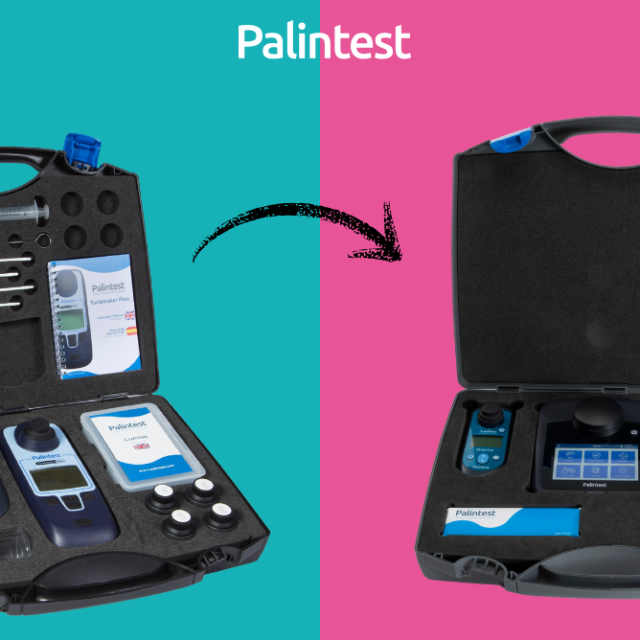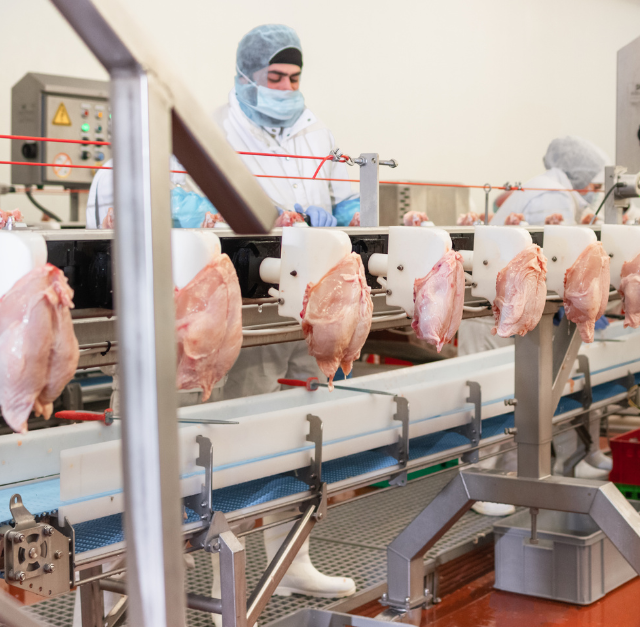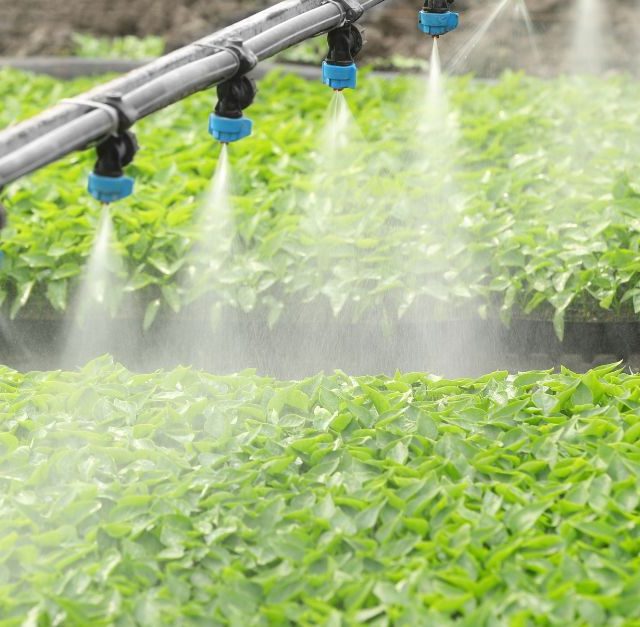
Poultry processors around the world face growing pressure to deliver safer products, meet complex regulations, and do so efficiently. Whether you’re working under FSIS standards in the US, FSA audits in the UK, or navigating export regulations in APAC, one truth applies everywhere: effective disinfection depends on accurate, timely, and consistent chemical testing in poultry processing.
The days of relying on subjective test strips or visual colour-matching are numbered. As disinfection protocols become more chemically sophisticated—and more closely scrutinised—processors must step up their testing standards or risk serious consequences.
Poultry Disinfection in Practice: Real-World Use Cases
In processing plants, the use of antimicrobials is tailored to meet both regulatory expectations and operational realities. Chlorine, peracetic acid (PAA), and other agents are used in different ways depending on geography and plant design.
United States
Chlorine and PAA are most commonly applied directly to carcasses. Processors use immersion chillers, spray cabinets, and rinses to reduce bacterial load on poultry before packaging. These systems require constant dosing and adjustment, making real-time testing essential. Any deviation outside the acceptable range—whether over or under—can trigger enforcement action by the FSIS or lead to product holds and delays.
United Kingdom
In the UK, chemical carcass treatment is banned, processors focus on environmental hygiene. This includes the disinfection of work surfaces, cutting equipment, water lines, and air handling systems. Chemicals must still be controlled and verified, but in a context that is indirect and highly dependent on staff protocols and consistency. Testing here is about ensuring sanitised surfaces remain compliant throughout the day, not just at startup.
Asia Pacific (APAC)
Across the APAC region, poultry processing takes many forms. Some countries operate under models similar to the US, with carcass washes and multi-stage antimicrobial treatments. Others restrict chemical use entirely or mirror EU standards. Many processors serve export markets with far stricter controls than their own local frameworks, creating a dual burden: one set of rules for domestic production, and another for international trade.
In all these scenarios, the challenges are clear: how do you reliably test multiple chemicals, across multiple workflows, under multiple standards?
What Happens When Testing Goes Wrong?
Inconsistent or inaccurate testing of disinfection chemicals is not a minor compliance issue—it can be catastrophic. The consequences affect everything from public health to brand value.
Underdosing allows bacteria to survive, increasing the risk of foodborne illness and costly recalls. Overdosing not only introduces off-flavours and shortens shelf life but can also breach regulatory limits, making products unsellable.
When audits reveal gaps in testing—especially when no digital records are available—processors may face:
- Production halts and line downtime during investigations
- Fines, enforcement notices, or withdrawal of approvals
- Damaged supplier relationships and lost export certifications
The long-term cost isn’t just financial. Brand reputation, especially in global markets, hinges on trust. A single recall can take years to recover from.
Common Testing Pitfalls and Why Old Methods Don’t Cut It
Many plants still rely on visual test strips or colorimetric kits to assess PAA or chlorine levels. These methods are inexpensive but flawed. They depend heavily on operator judgement, lighting conditions, and paper-based record-keeping.
Even when staff are well-trained, these systems struggle with consistency. And when a regulator or retail partner asks for evidence, paper logs and manual reports often fall short.
Some of the most common failures include:
- Testing only at shift start, rather than continuously
- Logging results by hand, with no verification
- Using test kits not validated for the chemical being used
- Relying on single-point measurements rather than trend data
As the demands of compliance grow, so too must the capability of testing systems.
A Smarter Solution: Kemio Disinfection in Real-World Applications
Kemio Disinfection from Palintest is designed to solve the problems that traditional testing methods create. It uses electrochemical sensors to provide fast, objective readings for multiple disinfectants—including both chlorine and PAA—making it ideal for the real-world complexity of poultry processing.
Kemio is already being used in:
- High-volume US chillers, where test data is needed every 30 minutes
- UK equipment sanitation zones, where traceability of cleaning cycles is required
- APAC export plants, where one line may serve two regulatory markets
The system’s digital logging ensures that compliance records are audit-ready. And because it’s portable, rugged, and easy to use, it fits seamlessly into the workflow without slowing down production.
Kemio’s key strength lies in its adaptability. Whether you’re testing rinse water, carcass wash solutions, or equipment cleaning agents, it delivers consistent results that meet the requirements of multiple authorities. That’s critical for processors navigating increasingly global supply chains.
Testing Is the Weak Link—Unless You Strengthen It
The chemicals used in poultry processing are powerful. But without proper testing, they’re either ineffective or dangerous. Regulations are getting tighter, customers are more demanding, and public scrutiny is intense. It’s no longer enough to say your facility is clean—you need to prove it, continuously, with data.
Chemical testing in poultry processing has become a strategic imperative. With modern, digital platforms like Kemio, processors can stay ahead of regulations, prevent costly failures, and build trust across the supply chain.
Frequently Asked Questions
How do chemical testing requirements vary between poultry processing regions?
- The US allows carcass washing with chlorine and PAA, the UK does not, and APAC varies. All regions demand proof of correct dosing and testing.
Why are test strips not reliable for poultry processors?
- They are prone to human error, lighting inconsistencies, and lack digital traceability required for audits or multi-site comparison.
What is the impact of failed disinfectant testing in poultry plants?
- It can lead to recalls, fines, production halts, failed audits, and loss of retailer or export certifications.
Can Kemio be used across different disinfection stages?
- Yes, Kemio is used for carcass washes, equipment sanitation, rinse water testing, and environmental monitoring—all on one platform.
How does Kemio support dual-market compliance?
- Its digital records, multi-chemical capability, and repeatable accuracy make it ideal for facilities serving both domestic and export markets.
Sign up for our newsletter
Please add your details below to receive our monthly newsletter and latest offers.




